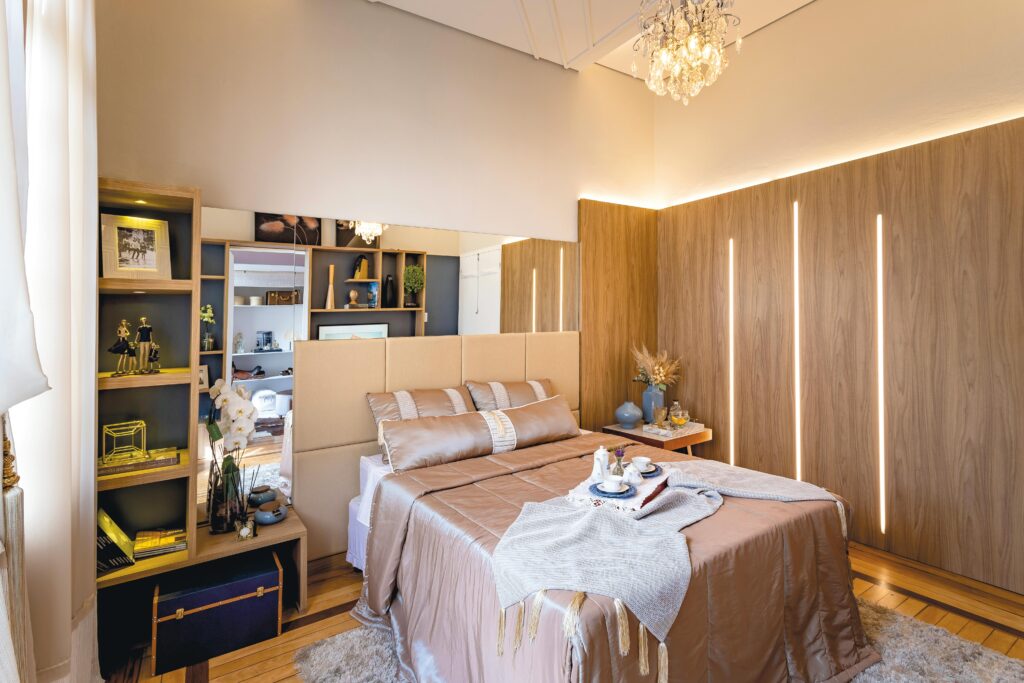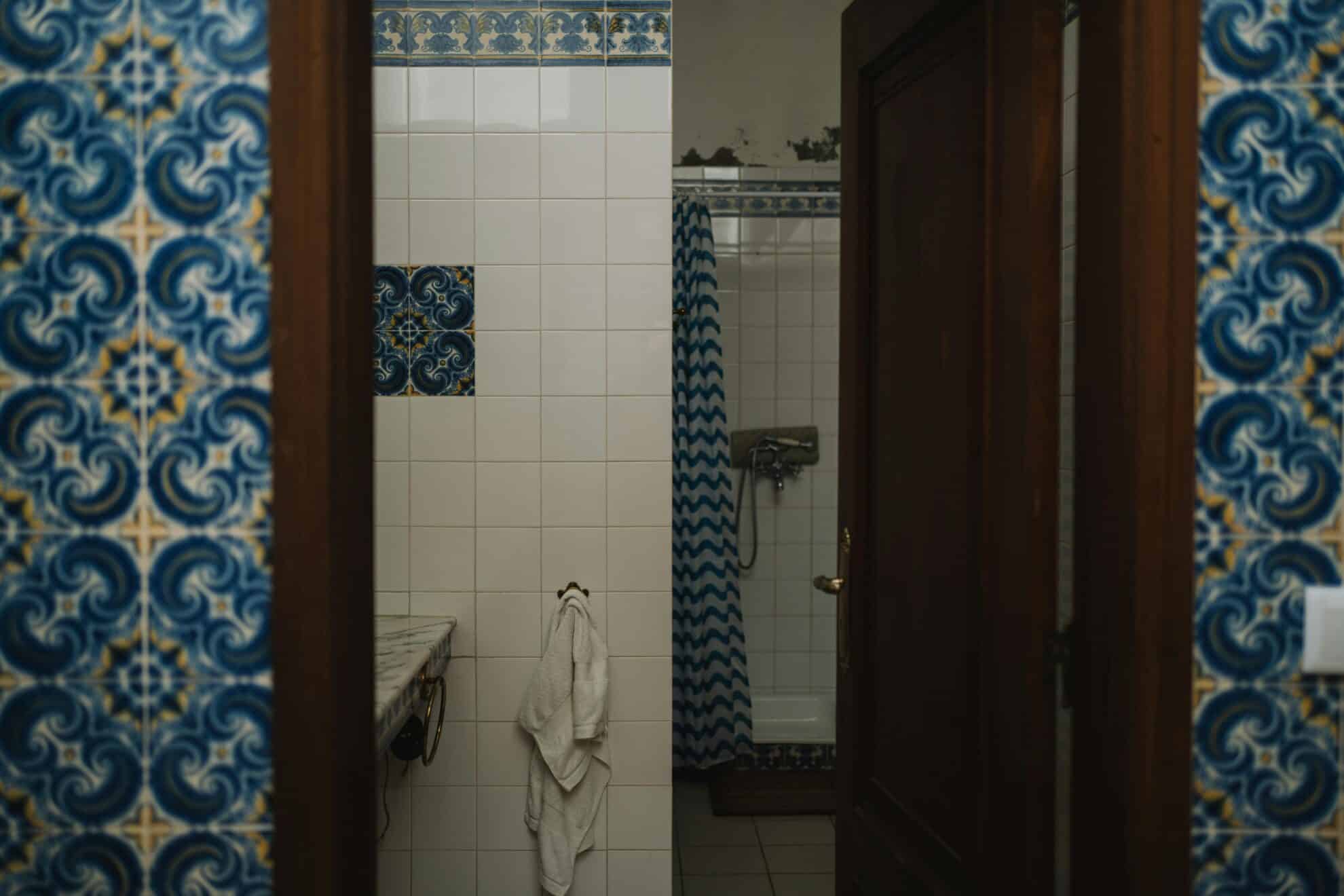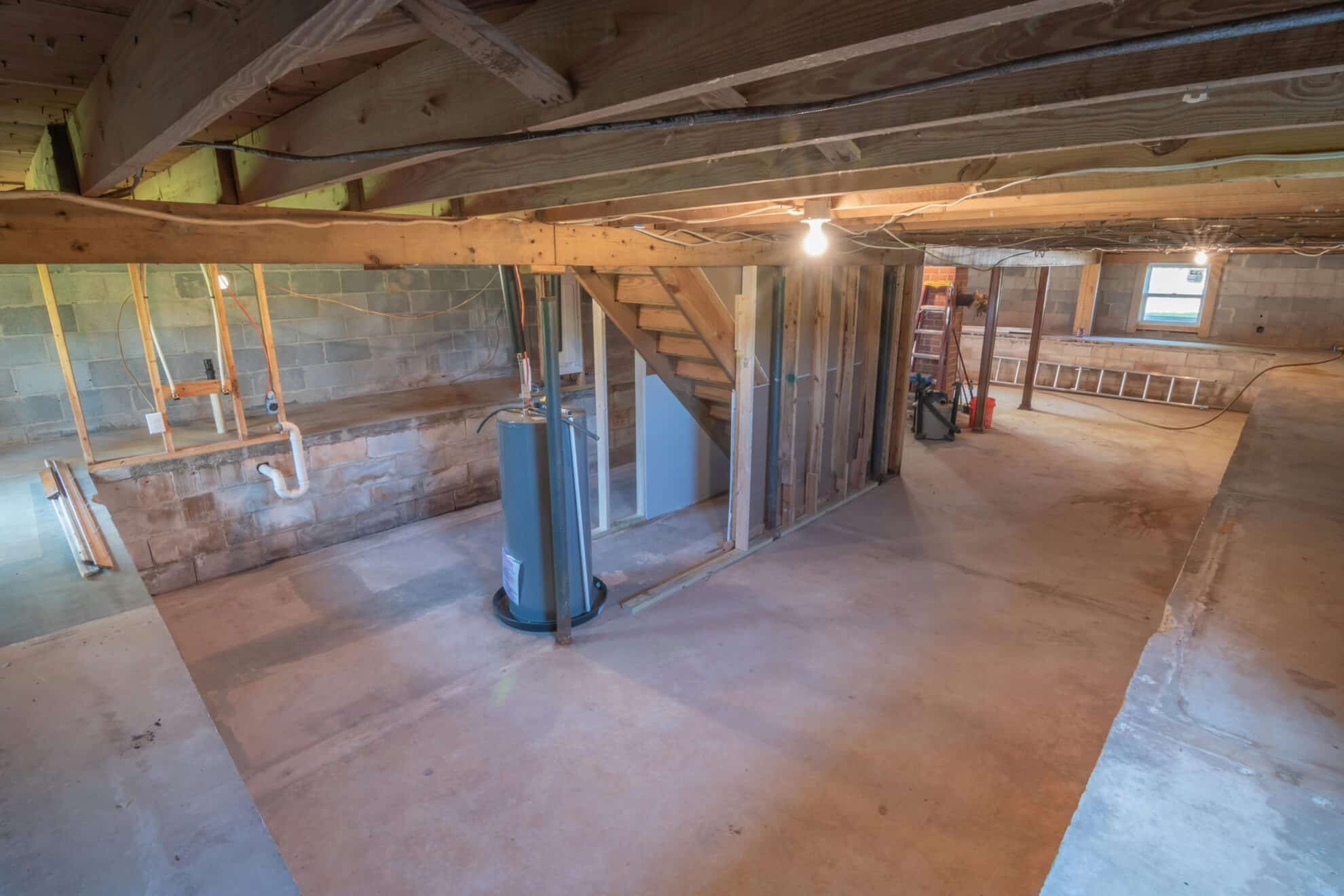Introduction: The Evolution of Wood Paneling in Home Design
Once considered a symbol of cozy, mid-century charm, wood wall paneling was widely used throughout homes in the 1950s through the 1980s. Whether in dens, basements, or accent walls, paneling offered a cost-effective, quick-to-install wall treatment that added warmth and texture. However, as home design trends shifted toward minimalism and bright, open spaces, traditional paneling began to feel outdated.
Today, many homeowners are left with these original panels—often in dark finishes or dated materials—and wondering if they need to tear everything down to modernize the space. Fortunately, there are practical, budget-friendly ways to update wall paneling without starting from scratch.
Whether you want to brighten the room, disguise the grooves, or highlight architectural interest, these five creative wall paneling ideas will help you transform outdated panels into fresh, stylish features—while saving time and money in the process.
1. Transforming Paneling to Look Like Drywall
If your goal is to completely eliminate the paneled look and make your walls appear as if they were always drywall, the good news is—it’s possible without demolition. You can fill in the grooves between panels and create a smooth, painted finish that mimics drywall.
Materials Required:
- Wood filler or joint compound
- Putty knife
- Sanding block or power sander
- Primer and paint
- Paintbrush and roller
Skill Level: Moderate
This project requires attention to detail and patience but is manageable for confident DIYers.
Estimated Cost: $50–$100 in supplies (depending on room size)
How It Works:
Start by cleaning the paneling surface thoroughly. Use wood filler or joint compound to fill in the vertical seams between each panel, as well as any grooves or knots in the surface. Once dried, sand everything smooth to create an even plane. After a primer coat, finish with the paint color of your choice.
The result? Walls that look and feel like freshly installed drywall, but without tearing anything out. It’s one of the most effective ways to bring an old room up to date with modern wall panels in disguise.
2. Re-staining to Revive or Refresh the Wood Look
If your paneling is in decent condition but feels dull or dated, re-staining can breathe new life into the wood. This option works especially well for tongue and groove wall paneling ideas, where the wood’s natural texture and joinery are a feature worth preserving.
Materials Required:
- Wood stain in desired tone
- Sandpaper (fine and medium grit)
- Clean cloths or brushes
- Protective gloves and drop cloth
Skill Level: Moderate
A steady hand and patience with drying times are key here.
Estimated Cost: $40–$80
How It Works:
Lightly sand the paneling to remove any existing finish and open up the pores of the wood. Wipe down dust thoroughly before applying stain. You can go lighter for a more modern, Scandinavian-inspired look, or richer for a traditional, warm feel. Finish with a clear protective coat to lock in color.
Re-staining is ideal for homeowners who want to maintain wood character while achieving a more current aesthetic—perfect for rustic, farmhouse, or transitional interiors.
3. Painting Over Paneling for a Clean, Modern Aesthetic
Painting your paneling is one of the simplest, most transformative updates. A fresh coat of paint can take dark, heavy paneling and make the room feel brighter, bigger, and more modern in a single weekend.
Materials Required:
- High-adhesion primer
- Latex paint (matte or eggshell recommended)
- Caulk (for trim and cracks)
- Painter’s tape and drop cloth
Skill Level: Beginner to Moderate
Estimated Cost: $60–$120 depending on paint quality and room size
How It Works:
After cleaning and lightly sanding the surface, apply a primer that’s specifically designed to bond with slick surfaces like wood veneer. Once dry, apply one or two coats of paint. White, off-white, soft gray, or muted green are all popular options that modernize the space instantly.
This is a popular solution for small or enclosed rooms, where dark wood can make the space feel cramped. It’s also a great option if you’re planning to update furniture or flooring later and want a neutral, flexible backdrop.
4. Modern Paint Techniques for a Designer Finish
Beyond basic painting, there are several creative paint techniques that make wall paneling a design feature rather than something to hide. These modern wall panels play with contrast, color blocking, and texture for a bold, custom look.
Ideas to Try:
- Two-tone paint: Paint the boards one color and the grooves another for a dramatic effect.
- High-gloss finish on panels only: Leave the grooves matte for subtle contrast.
- Vertical gradient: Ombre from dark to light moving up the wall for visual interest.
Materials Required:
- Multiple paint colors
- Detail brushes or painter’s tape
- Level or laser guide
Skill Level: Moderate to Advanced
Some designs may require precise taping or specialty tools.
Estimated Cost: $80–$150 depending on complexity
These techniques work particularly well when you’re embracing paneling as a statement feature—turning it from an outdated detail into a standout design element.
5. Concealing with Furniture or Art
Sometimes, the easiest solution is simply to hide what you don’t love. If your paneling is limited to one wall—or you’re not ready for a renovation—consider using decor to your advantage.
How to Use This Approach:
- Place a bookshelf, console table, or armoire in front of the wall
- Use large-scale art or a gallery wall to distract the eye
- Lean mirrors or framed prints directly against the paneling for a relaxed look
Skill Level: Beginner
No power tools or sanding required.
Estimated Cost: $0–$250 depending on what you already own
This is an ideal solution for renters or those who just need a temporary fix. It also works well in accent-wall situations, where the paneling doesn’t surround the whole room.
It’s a clever way to blend old and new—highlighting your style while making peace with existing materials.
Conclusion: Updating Panels Without Removing for a Modern Touch
You don’t need to demo and drywall your entire room to enjoy a more modern, updated look. Today’s design trends embrace both minimalism and texture—meaning your original paneling can be modified, enhanced, or disguised with ease.
Whether you choose to smooth it out for a clean slate, highlight it with modern paint, or simply conceal it with furniture, these ideas give homeowners the flexibility to transform their spaces without a full renovation.
At Honey-Doers Remodeling, we help clients creatively reimagine the materials they already have—saving time, money, and stress while making rooms feel fresh again. If you’re ready to discuss your wall paneling options or larger remodeling goals, we’re just a call away.








